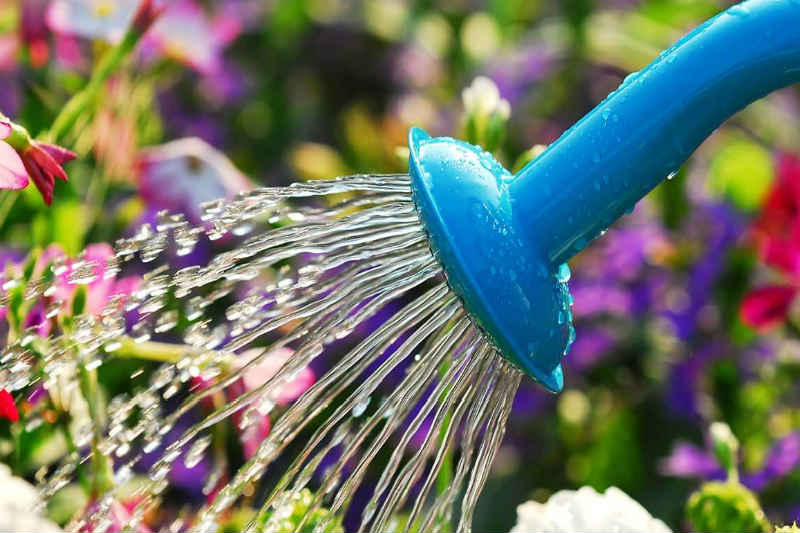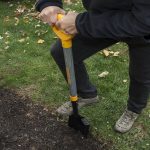It is easy to understand the ‘why’ when it comes to watering the plants in your garden. However, the ‘when’ and the ‘how’ are often the most misunderstood aspects of the practice of gardening. Landscapers Sydney say this can literally make or break your garden. Therefore, it is best to understand what reticulation practices are good, and what methods spell disaster.
Tackling the ‘when’ –
Truth be told, professional landscapers tell us that there is no right time or wrong time to water your plants. The ideal time depends on a number of factors such as the climatic conditions in the area concerned, the type of plants that need to be watered, the kind of soil they are planted in, and a number of other criteria. A little trick to work around this arbitrary situation is to check the soil.
The consistency required to determine if the time is right to water your patch is somewhere between moist and dry. The right balance has to be struck between these two states. The mud has to be moist enough to form a consistent ball in the fist of your hand, but also loose enough to fall apart when you drop it. If you have plants sheltered in a nursery, over time, you get better at determining just how heavy or how light the soil should be when it is adequately watered.
Tackling the ‘how’ –
This is a clearer cut compilation of rules. There are certain ways of watering your plants that will ensure their health, while some other methods that are to be absolutely avoided. Some tips and tricks to keep in mind when you are watering your garden are explained further.
- Zone in on the roots – A common mistake most beginners make is watering the leaves and the foliage as much as the roots. This is not just a waste of water, but also a potential cause of infection and disease among plants. It is mainly the roots that need to be watered. Watering the foliage unnecessarily can promote fungal infections.
- Water when the sun is out – Contrary to popular belief, watering after sun down does not help in either conserving water or in allowing the plants to absorb more moisture. Instead, it only results in accumulation of water on the surface, and consequently, in a buildup of fungal infections.
- Mulch after you water – Mulching shields the surface of the soil from excessive heat during the day, and thus prevents water from evaporating. However, it also slows down the absorption of moisture into the soil. To counteract this effect, it is a better technique to water the soil before mulching.
- Learn to read the leaves – Do not panic if your plants appear to have drooping leaves during midday. Some plants behave in this manner as a result of a natural defense mechanism that helps them conserve water and expose less of their surface to the sun. Should your plants display similar behavior during the morning hours or night ties, then it would be a good technique to increase the water levels.
- Group your plants wisely – This is an ingenious technique that makes gardening infinitely easier Group plants that need more water together, so watering them can be easier. Also, this helps to avoid watering some plants too much and other plants too little.








